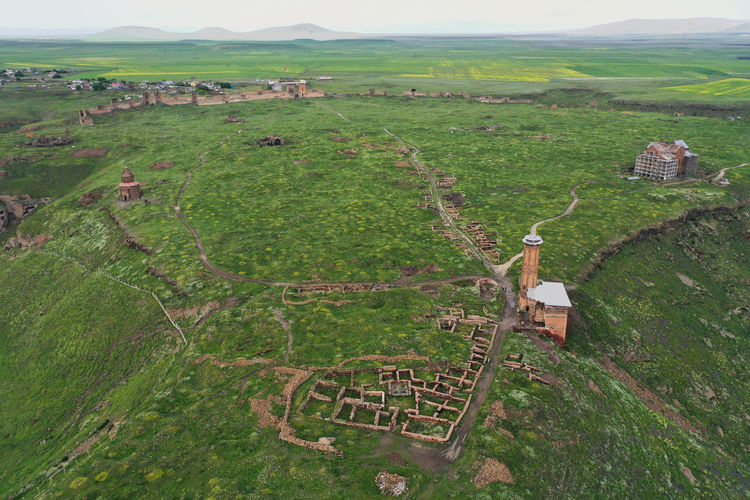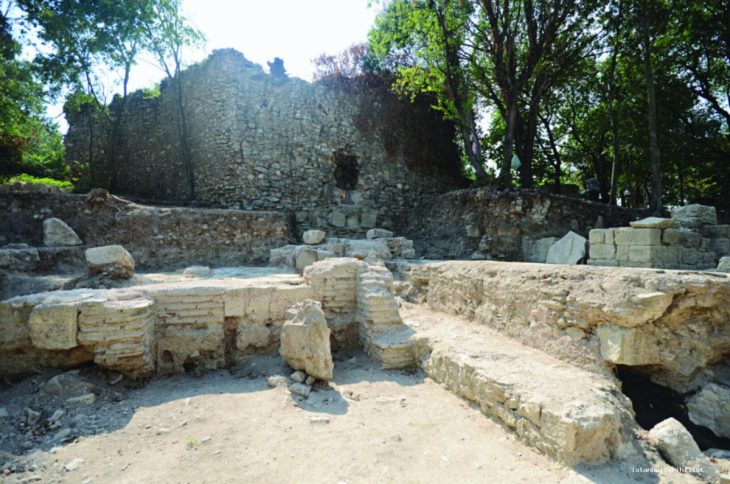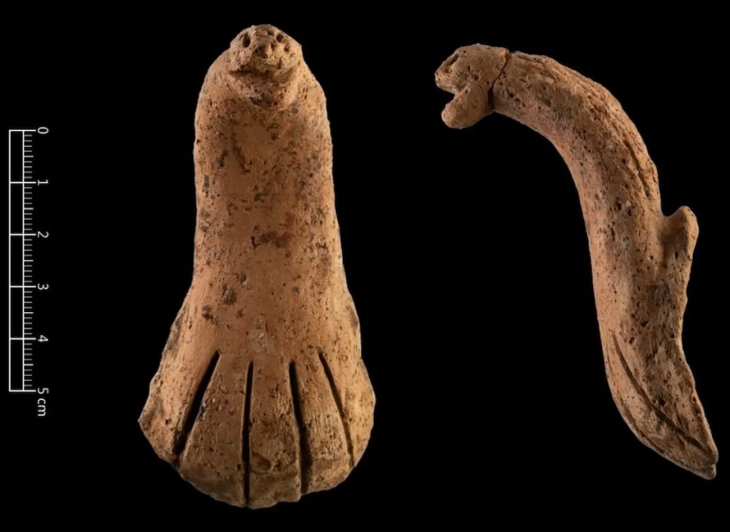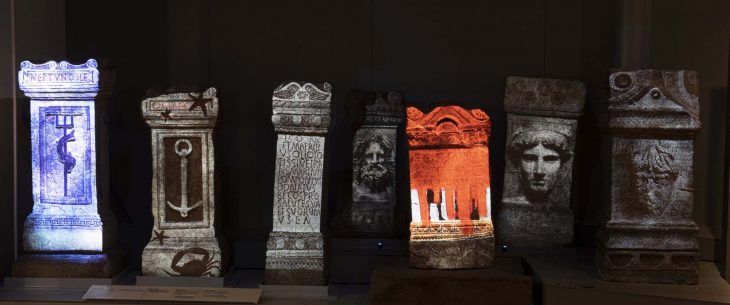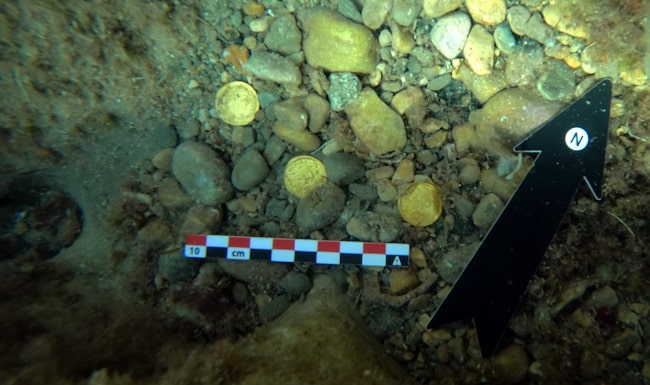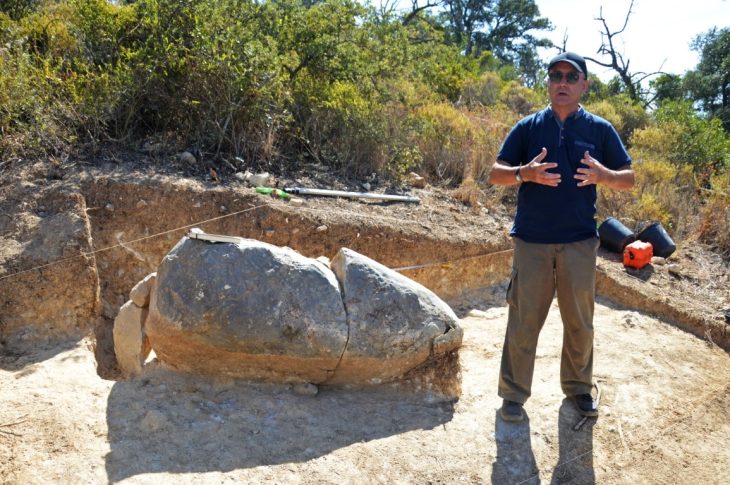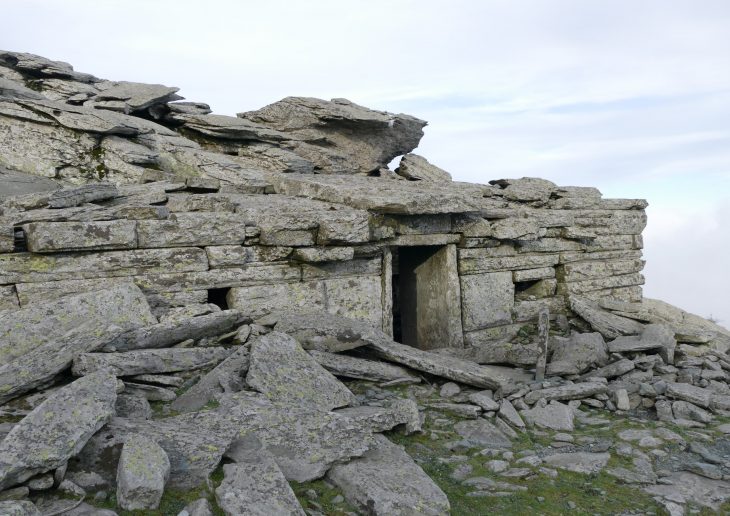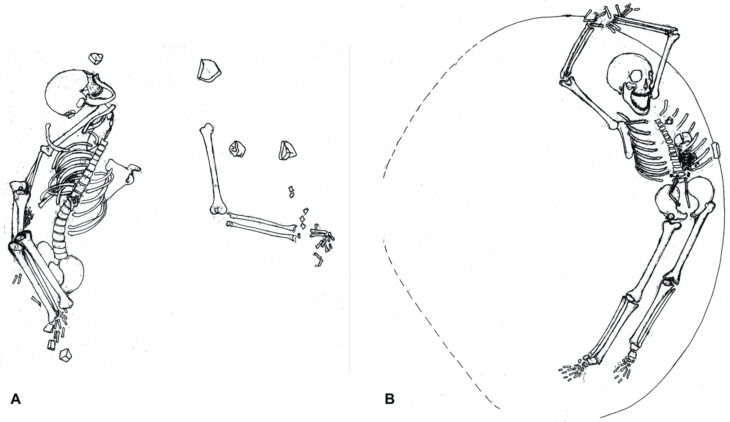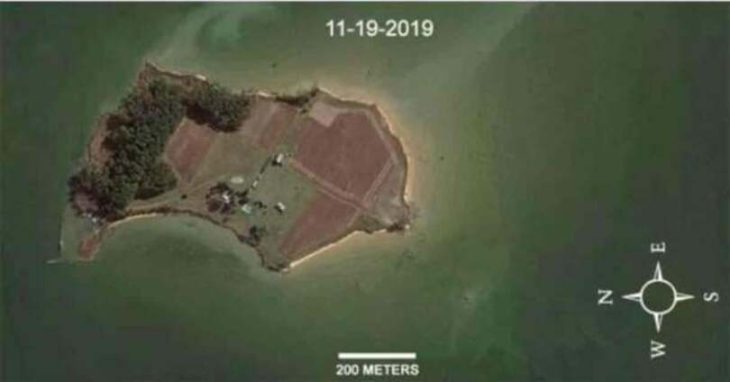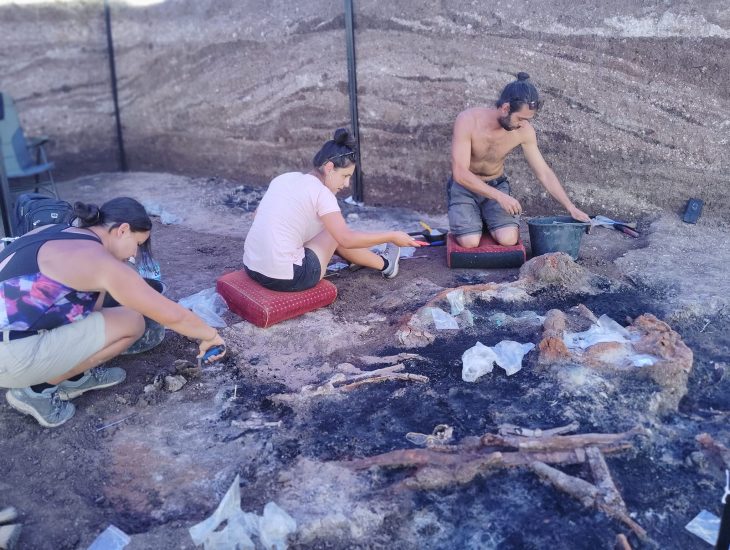The gold belt discovered 22 years ago during excavations in the ancient city of Ani, often referred to as the “City of 1001 Churches” and “City of Forty Gates”, is on display at the Kars Archaeological and Ethnographic Museum.
Located in Kars, Türkiye, and listed as a UNESCO World Heritage site, Ani is undergoing extensive archaeological excavations. It reveals its buried history through meticulous work at eight different excavation sites.
During the Middle Ages, Ani was a highly significant city that prospered, especially in the tenth and thirteenth centuries. The city, renowned for its architectural wonders, was an important hub for trade, culture, and religion. The city’s distinct legacy was shaped by the blending of multiple civilizations, such as the Seljuks, Georgians, Armenians, and Byzantines.
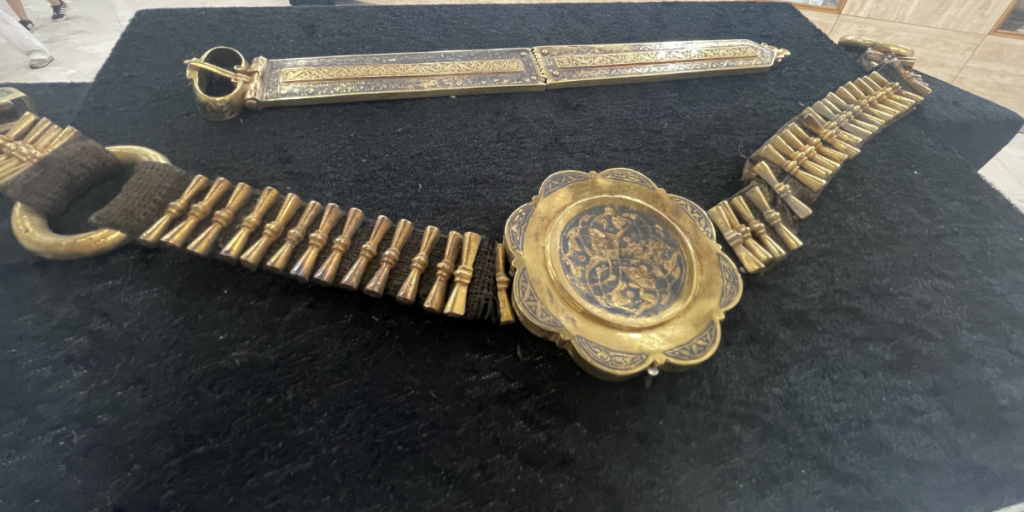
The golden belt, which was found in 2002 during the excavations carried out under the direction of Hacettepe University Faculty Member Prof. Dr. Beyhan Karamağaralı between 1989 and 2005, was kept under protection for 22 years.
The belt with various figures on it weighs 432 grams.
📣 Our WhatsApp channel is now LIVE! Stay up-to-date with the latest news and updates, just click here to follow us on WhatsApp and never miss a thing!!
Hakim Aslan, Acting Director of the Kars Archaeological and Ethnographic Museum, told Anadolu Agency: “We know that Ani lived its glorious period in the Middle Ages, and archaeological excavations were started by Russian-born Nikolay Marr in Ani Ruins in the late 1800s. Later, the excavations were carried out by Turkish professors and are still continuing. The gold belt is one of the artifacts unearthed as a result of the excavations carried out in 2002 under Prof. Dr. Beyhan Karamağaralı. The artifact is very important, it is made of gold material.”
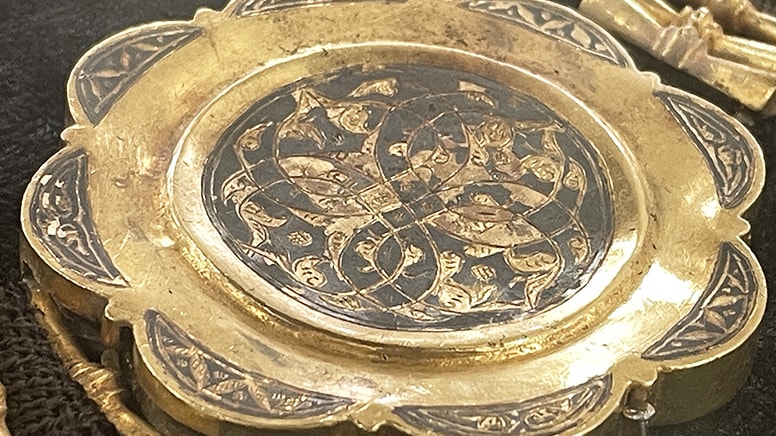
The belt is made up of three components: the belt plate, the belt buckle, and the belt loops on the second textile piece. The belt has decorations and is entirely composed of gold material. The belt buckle in the middle is made with 8 slices and savat craftsmanship is seen on the edges. Savat is a very old gold and silver decoration technique that originates in Dagestan. The belt plate measures 25 centimeters in length and 2.5 centimeters in width. There is a human head figure at the end.
Pointing out that the same figures are seen in the wall paintings of the Uighur period, Hakim Aslan said, “In fact, a third eye is seen here, and the word ‘lisa’ is written on the belt buckle as well as the human figure. The word ‘lisa’ means the owner. On the ceramics we have seen before, the word lisa was used in the sense of bringing good luck and prosperity to the owner.”
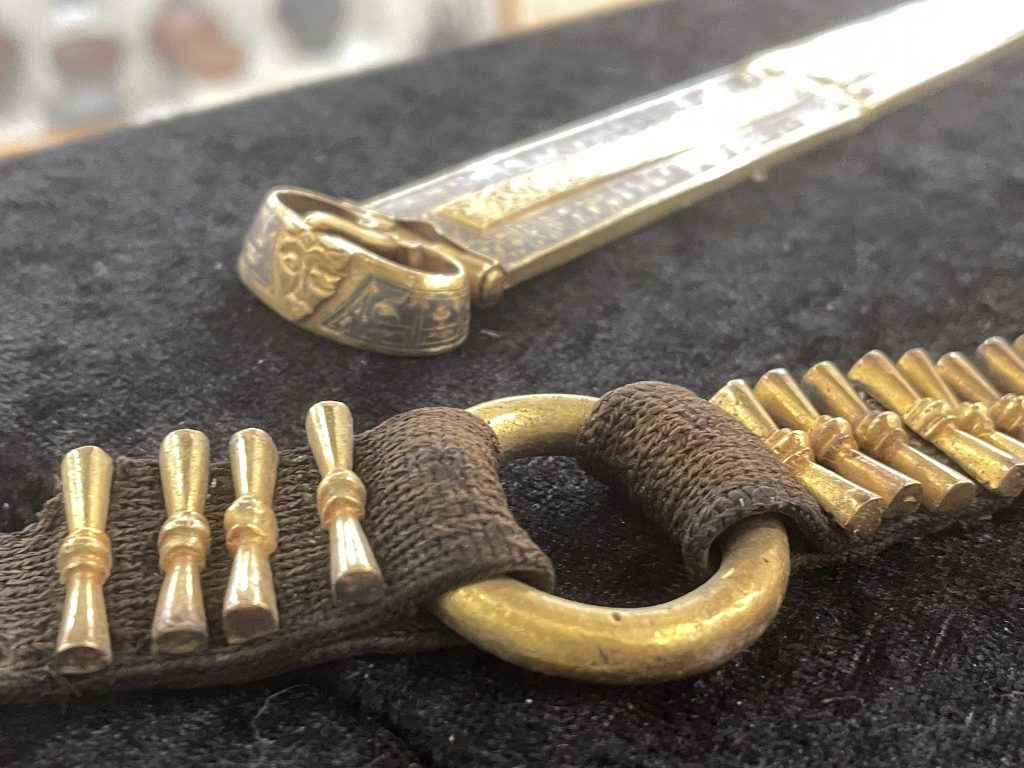
The golden belt will be on display at the Kars Archaeology and Ethnography Museum for only 3 months.
Cover Photo: AA

